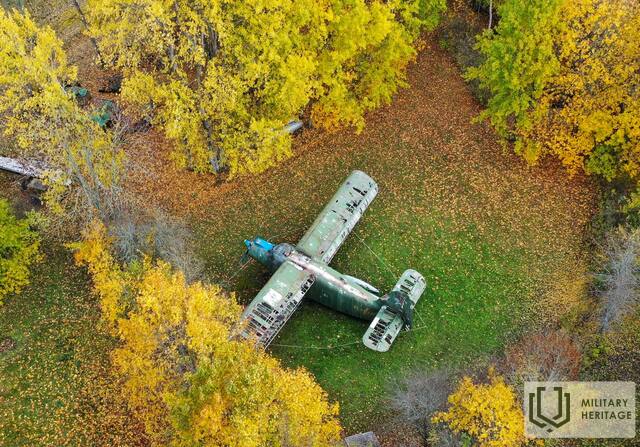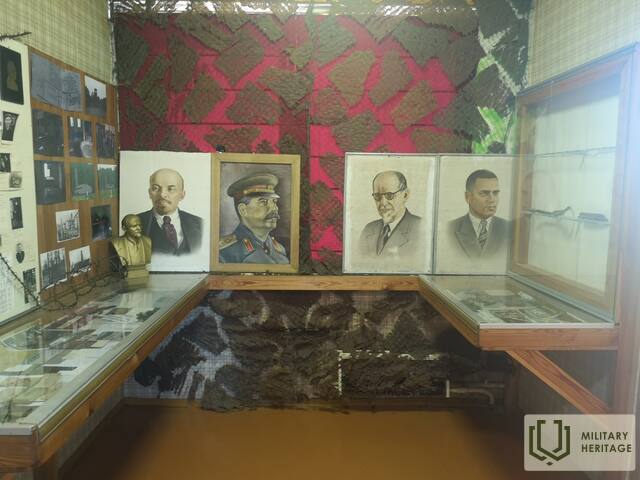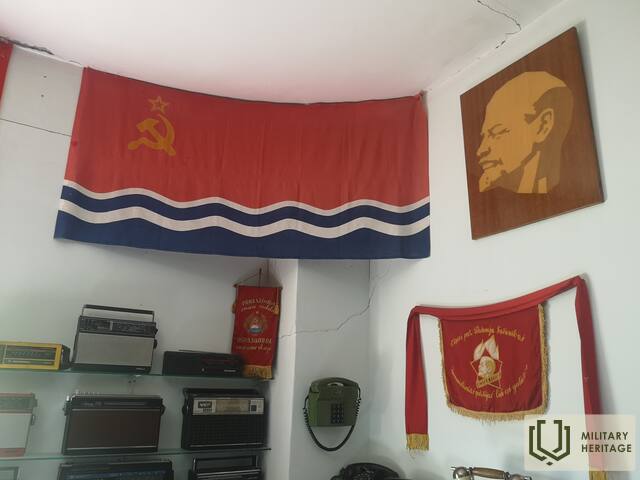Kuržemės tvirtovės muziejus Zante Muziejus

Bus atidaryta nuo gegužės 1 d.
Panaudoti šaltiniai ir literatūra:
Kurlando frontui skirta svetainė. Prieiga per internetą: http://www.kurland-kessel.de/default.html [žiūrėta 2021-02-19].
Freivalds, O. Kuršo tvirtovė. Kopenhaga: Avots, 2007.
Lācis, V. Latvių legionas tiesos šviesoje. Ryga: Jumava, 2006 m.
Susijusi laiko juosta
Susijusi istorija
Latvijos legiono 42-ojo pulko kuopos vado Vernerio Preijerio prisiminimai apie Kuršo mūšius.
Kuršo tvirtovė buvo suformuota po Rygos žlugimo 1944 m. spalio 13 d. ir Rusijos proveržio į Kaliforniją spalio 10 d., taip nutraukiant sausumos eismą su Vokietija.
Apie rastus karo artefaktus
Šiuolaikinėje Latvijoje įvairių muziejų kolekcijas papildo ir asmeninės privačių asmenų kolekcijos, kurios dažnai eksponuojamos viešai ir yra prieinamos visiems. Daugelis žmonių turi pomėgį seniems daiktams, įskaitant su karo istorija susijusius daiktus. Dažnai lankytojai nė nenutuokia apie šių daiktų kilmę. Ar jie atsirado staiga? Visais atvejais tai kelių metų darbas ir įdomi, asmeniška istorija apie vieno žmogaus pomėgį kolekcionuoti daiktus, siekiant iš jų sukurti, pavyzdžiui, muziejų. Pasakotojas aprašo savo asmeninę patirtį, suteikdamas skaitytojui supratimą apie situaciją Latvijoje po Antrojo pasaulinio karo. Įvairių armijų paliktas palikimas ir reikalingų žaliavų trūkumas ūkyje verčia žmones ieškoti kūrybiškų būdų, kaip panaudoti praktiškai bet ką, kad išgyventų. Laikui bėgant, tai, kas ūkyje nebenaudinga, tampa vertingais, istoriniais eksponatais, pasakojančiais apie Latvijos ir jos žmonių patirtį.
Papasakokite man apie nuskendusią įrangą
Latvijoje išliko daugybė pasakojimų apie pelkėse ir ežeruose nuskendusius techniką. Nedaug jų yra teisingi.
Jūlijaus Bērzinio liudijimas apie Raudonosios armijos 201-ąją (43-iąją gvardijos) Latvijos šaulių diviziją 1942–1945 m.
2011 m. rudenį aptikau Rusijoje gyvenančio latvio, buvusio Raudonosios armijos 201-osios (43-iosios gvardijos) Latvijos šaulių divizijos (toliau – 201-oji Latvijos šaulių divizija; divizija) kareivio Jūlijaus Bērzinio (1900–po 1963 m.) memuarus – 189 puslapių apimties istoriją, ranka rusų kalba parašytą dviejuose linijuotuose sąsiuviniuose Latvijos kareivio apie savo patirtį Vokietijos ir SSRS kare (1941–1945). Šie memuarai taip pat nebuvo užsakomieji darbai.

































